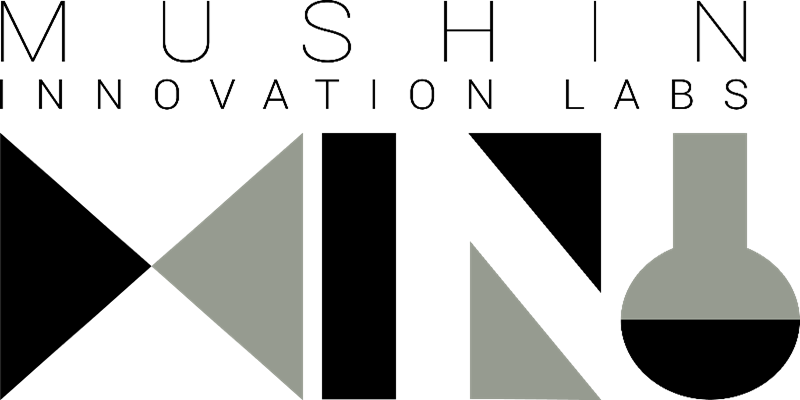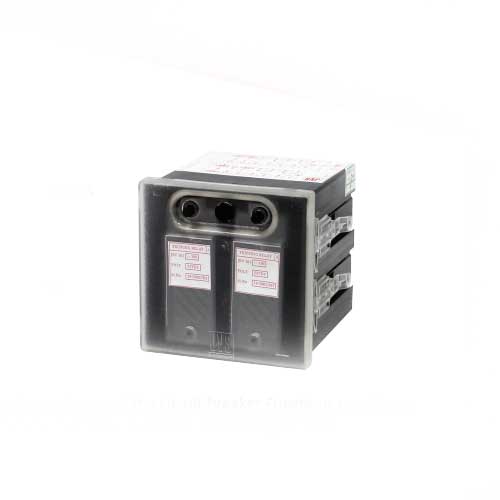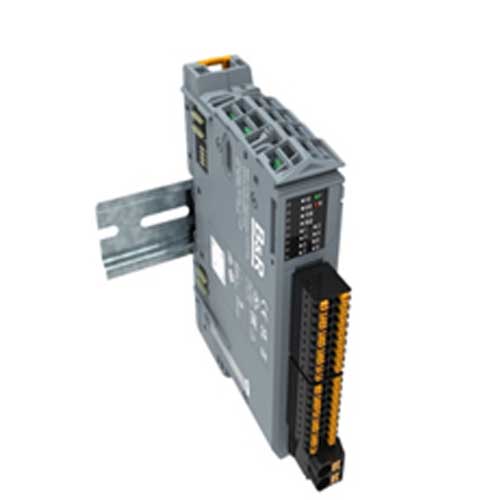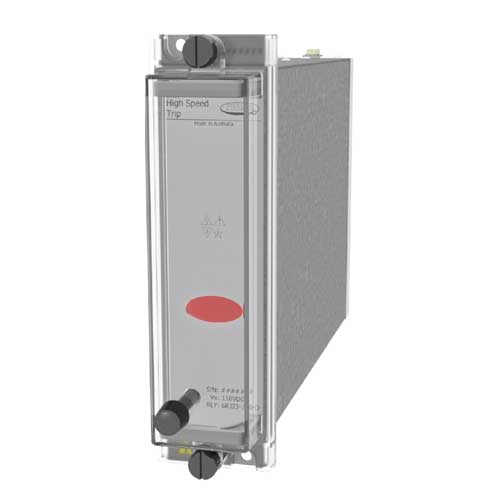Schedule a Call Back
CeMAT 2016: Of material handling & logistics
 Events
Events- Jul 15,16
CeMAT 2016 offered glimpses of emerging trends and technologies that would play a pivotal role in increasingly digitised and integrated industrial supply chains.
 Roughly 1,000 exhibiting companies from 44 countries (55% exhibitors from outside Germany) presented solutions for efficient and intelligent management of logistics chains at CeMAT 2016 (31 May to 3 June), the world’s leading fair for the intralogistics industry. The event had five sector specific shows covering the entire domain: Empack (packaging) and Label&Print (print, labelling and converting technologies); Move & Lift; Store & Load; Logistics IT; and Management & Services.
Roughly 1,000 exhibiting companies from 44 countries (55% exhibitors from outside Germany) presented solutions for efficient and intelligent management of logistics chains at CeMAT 2016 (31 May to 3 June), the world’s leading fair for the intralogistics industry. The event had five sector specific shows covering the entire domain: Empack (packaging) and Label&Print (print, labelling and converting technologies); Move & Lift; Store & Load; Logistics IT; and Management & Services.
‘Smart Supply Chain Solutions’ was the CeMAT 2016 motto. During the four days of the show, visitors saw for themselves that the intelligent warehouse is already reality. “CeMAT demonstrated once again that it is the only fair in the world with such a high density of product innovations already in practical use. This secures CeMAT’s leading status within the intralogistics industry. The internationality of exhibitors and visitors is unique. The topics software and Industrie 4.0 took centre stage in the presentations of practically all exhibitors,” said Dr Andreas Gruchow, member of the managing board at Deutsche Messe.
Forklifts are indispensable to move materials and goods around the grounds. There were several new products launched at CeMAT 2016 – Chinese manufacturer Lonking unveiled six new forklift products tailored to the European, North American and Australian markets, including one equipped with an environmentally friendly dual-fuel engine that runs on a combination of gas and gasoline, reducing total fuel consumption by up to 60 per cent. Forklifts also time and again suffer from tipping due to excess weight and a centre of mass in the wrong place. Dutch firm Ravas has taken this problem on and presented SafeLoad, a system for indicating weight and load distribution. The program uses hydraulic and other sensors to check the forklift’s stability, by measuring the torque of the load’s centre of gravity and the mast tilt, which it then displays in simple graphics. An LED array under the weight indicator runs from green (secure lifting) through yellow to red (tipping danger). If the light turns red, an alarm also sounds to warn of the dangerous situation before anything happens. The numerous industrial truck, warehouse and material-flow product innovations that Jungheinrich presented at CeMAT 2016 included the world’s shortest universal forklift, the EMD 115i. This is the world’s shortest universal forklift that features an exceptionally compact design, a load-bearing capacity of 1,500 kilograms and an extremely small turning radius.
STILL GmbH from Hamburg displayed the iGo neo CX 20, the first order picker that recognises its operator and follows him autonomously through the warehouse, taking the partnership between humans and machines on a whole new level. The company also demonstrated its superior lean logistics expertise with the fully adaptable LiftRunner tugger train and its keen emphasis on process reliability, cost efficiency, safety and ergonomics.
Autonomous shuttle systems and robot solutions for intralogistics processes were major attractions. In almost every hall, visitors experienced live which warehouse tasks robots have already assumed and how they operate. SSI Schäfer’s automated guided vehicle (AGV) solution Weasel® can transport boxes, totes or a variety of other goods through the plant premises flexibly and easily without a conventional conveying system. It masters almost all transport tasks – goods are transported to the intended destination safely and without access restrictions. What’s more, this is achieved with low purchase and operating costs. Weasel AGVs navigate along an optical track that can be installed quickly, easily and in a flexible manner. The Weasel also won the International Forklift of the Year (IFOY) in the “Intralogistics Solution” category.
Beumer Group, a system supplier of conveying and loading technology, palletising and packaging technology and sortation and distribution systems presented an innovative palletiser robot that stacks sacks of up to 50 kilograms. The Robotpac 1200 can manage up to 1,200 sacks per hour, depending on the packing pattern or stack height as well as the arrangement of the machines.
Smart eyeglasses were another highlight at many exhibits, demonstrating how to optimise picking processes in the future. Picavi GmbH, established in 2013 as a high-tech startup under the name Logcom GmbH, is the first company in the world to launch an innovative pick-by-vision data glasses onto the market. At CeMAT 2016, the company explained how data glasses can be put to practical use in warehouse logistics. This new order-picking system is custom-designed for warehouse processes with high picking density and is also ideal for distributing fast-moving consumer goods. Warehouse employees wear mobile WLAN smart glasses with an integrated display in which they only see the information relevant at the time, depending on the context.
“CeMAT is the world’s most important trade fair for intralogistics. The CeMAT motto ‘Smart Supply Chain Solutions’ was wisely chosen because it shows how future logistics processes can be automated and controlled,” said Dr Christoph Beumer, Chairman of the CeMAT Executive Committee, Vice-Chairman of the Steering Committee of the German Logistics Association (BVL), and Chairman and CEO of the Beumer Group. “Due to the very special roll that logistics IT plays, it was a big point of emphasis at the fair. CeMAT 2016 showcased how our industry solves challenges and creates added value.”
Each day of CeMAT, intralogistics and its many applications were discussed at the three CeMAT forums. In Hall 27 the focus was on logistics IT and automation – the overarching theme at CeMAT. Topics included warehouse management systems (WMS), supply chain management, driverless transport systems (DTS), warehouse apps, and smart devices.
Industry experts such as Dr Michael Ten Hompel from the Fraunhofer IML Institute, Rainer Glatz from the German Engineering Federation (VDMA) and Dr Uwe Kubach from SAP discussed how the Internet of Things and Industrie 4.0 will change intralogistics. One program focused on the trend “Robotics in Logistics”: Do robots eliminate jobs or do they provide valuable support in performing heavy and monotonous tasks? Speakers at the Keynote Forum discussed how to improve efficiency in intralogistics processes. Small and medium-sized enterprises also learned how they can profit from the digitalisation of the logistics sector.
The packaging industry had its own dedicated forum in Hall 13: At the Packaging Art House the spotlight was on the high availability, efficiency and cost effectiveness of intralogistics equipment. “The concept of including packaging with intralogistics is successful,” said Siegbert Hieber, managing director of Easyfairs Deutschland. “It is popular with the industry sector and provides visitors with significant added value. A visitor survey revealed that 30 per cent of visitors were interested in the topics at Empack and Label&Print. Services such as packaging, packaging printing, finishing, and labelling are in high demand. In this respect, connecting the duo of Empack and Label&Print with the intralogistics topics at CeMAT is the right path.”
CeMAT 2016 revealed that demands on intralogistics continue to grow rapidly. Solutions must be intelligent, connected, highly flexible, transparent, fast, and efficient. In today’s manufacturing, “batch size 1” is more and more in demand, mirroring the individual nature of online orders in the retail business. In both scenarios, customers expect immediate availability along with continuously decreasing prices. This is only possible with new Industrie 4.0 concepts that enable the close, intelligent integration of production and logistics.
For this reason, starting in 2018 CeMAT will run concurrently with HANNOVER MESSE, the world’s leading trade fair for industrial technology, from 23 to 27 April. “Intelligent intralogistics is the backbone of and key to Industrie 4.0. When we talk about showing the complete industrial value chain, intralogistics plays a crucial role, because it ensures that parts can be moved and transported in the first place,” explained Gruchow.
“The technology convergence driven by Industrie 4.0 was very evident. This confirms that co-locating with HANNOVER MESSE in 2018 is the right decision,” concluded Sascha Schmel, chairman of the Materials Handling & Intralogistics Association within the German Engineering Federation (VDMA).
Related Stories

Lumax Auto buys 60% stake in Greenfuel Energy Solutions for Rs 153 crore
This acquisition marks entry of Lumax Auto Technologies into the green and alternate fuels segment (across CNG, hydrogen and other applications), which is expected to witness strong and accelerate..
Read more
Mushin revolutionises automotive manufacturing: Rachit Srivastava
The automotive industry operates under one of the most stringent regulatory environments globally. Every component produced by Tier 1 and Tier 2 suppliers must undergo rigorous audits to ensure comp..
Read more
Motul and Zypp Electric launch EV maintenance training for mechanics pan-India
The program achieved significant improvement in participants' technical capabilities, with mechanics showing up to 50% improvement in their EV repair knowledge post the training.
Read moreRelated Products

High Speed Tripping Relay Two Element Relay - Jrv 181x2
JVS Electronics Pvt Ltd offers a wide range of high speed Read more

Plenty of Motion Possibilities in a Compact Housing
B&R Industrial Automation offers a wide range of plen Read more

High Speeed Tripping Relay Three Element Relay
JVS Electronics Pvt Ltd offers a wide range of high speed tripping relay three element relay - JRV 181x3.









